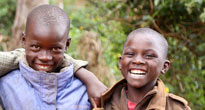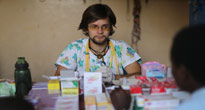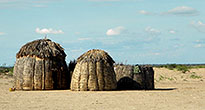The nature and people of Lake Turkana
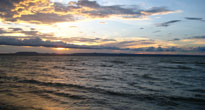
If you are a person who does not completely depend on the benefits of civilization and are up for adventures, you should definitely visit Lake Turkana in the north of Kenya. The Lake, measuring 290 km long and 32 km wide, with the maximum depth of 109 m, is the world's largest permanent desert lake and the world's largest alkaline lake. Its volume allows it to take the fourth place among salt lakes after the Caspian Sea, Lake Issyk Kul and the Aral Sea, and among all known lakes of the world it takes the 20th place by size.
Lake Turkana is located to the East of the Kenyan Rift Valley. It will take you three days to get there by car from the capital of Nairobi, located 400 km to the south. Lodwar, the nearest town, is 75 km away.
The lake was discovered by European researchers in 1888 and was named after the Austrian crown prince, Rudolf. This name remained for the period of domination of the British Empire in the East Africa. When Kenya gained independence, the lake was renamed. Now it is named after one of the numerous tribes living not far from the lake – the Turkana. However, some maps still name the lake after the member of Austrian royal family.
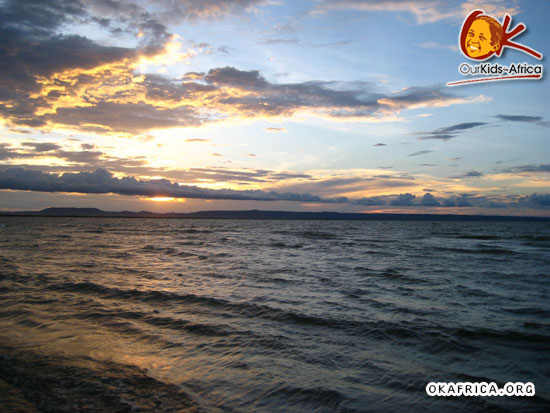
In spite of the fact that for the world community and science the lake was discovered relatively recently, the undisputed fact is that people had lived on its deserted shores long before arrival of the Europeans. This is exactly where human remains, known to the world as a "turkana boy", were found by a paleontologist Richard Leakey.
Turkana is surrounded by the desert: there are no green forests or vast pastures. The landscape is severe, unique and wonderful in its own way. Three rivers fall into the lake. None of them flows out. Scientists claim that water in it decreases only due to evaporation. The water level can fluctuate during the year. Due to considerable water level fluctuations throughout the time, the landscape of the area is constantly changing. Thus, for example, during the period from 1975 to 1993, the water level dropped by 10 meters.
The lake is surrounded by extinct volcanoes. A great variety of bizarre basalt deposits that once were red-hot lava flows can be seen around. There is still an active volcanic island called Central in the middle of the reservoir.
Severe storms may often be observed on the Turkana as the lake water heats and cools slower than the coastal territory, which often causes strong onshore winds.
If you look at the lake from above, you will notice that it has a beautiful jade shade. This explains another name of the lake – The Jade Sea. The reason for such color is seaweeds that rise to the surface when the weather is calm.
Because of the climatic characteristics of the terrain and geographical remoteness the lake still retains its wild character. But even in spite of its difficult accessibility, jade waters and abundant wildlife make Lake Turkana an awesome place worthy of visiting by wildlife enthusiasts. A lot of tourists come every year to enjoy the unique landscapes and fauna of the lake that is included in the list of objects of natural heritage of UNESCO and is home for many species.
Not so long ago the largest population of Nile crocodiles used to live here. They still live in the waters of the lake in considerable quantity (according to some calculations, up to 22,000 individuals). Rocky shores are homeland for echis and scorpions. Therefore walks on a lakeshore may be dangerous and can be recommended only with a guide. Today tourists come here to see zebras, gazelles, giraffes, as well as the predators – the lions and cheetahs – which are above them in the food chain.
Lake Turkana also attracts migratory birds: pink flamingos, waders, African skimmers and black-faced cormorants.
Nowadays, people still live on the shores of Turkana, in spite of such a rough neighborhood. The source of food for them is the lake itself, which they call "The sea of many fish". Locals call themselves El Molo - "fish eaters". They drink water from the lake, although it is not tasty. El Molo people warmly greet the guests: they share food, and hospitably invite visitors to spend the night in their unpretentious huts. You can even go crocodile hunting with them, after the blessing of a local shaman. El Molo have very simple way of life and poor clothing. But colorful beaded necklaces that women make and wear are always a bright detail. You can buy these nice accessories on the market at a very low price.
Having arrived to the shores of Lake Turkana, you will find yourself in a completely different world, where every day requires courage and strength to survive.
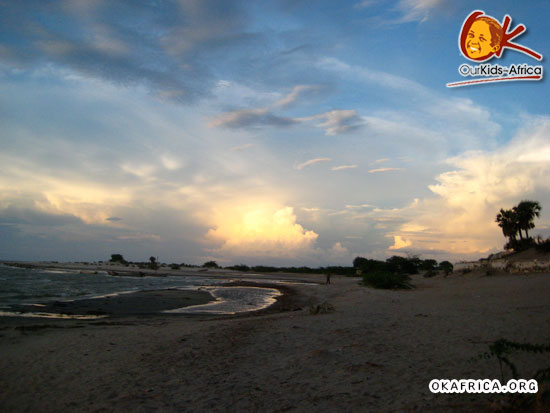

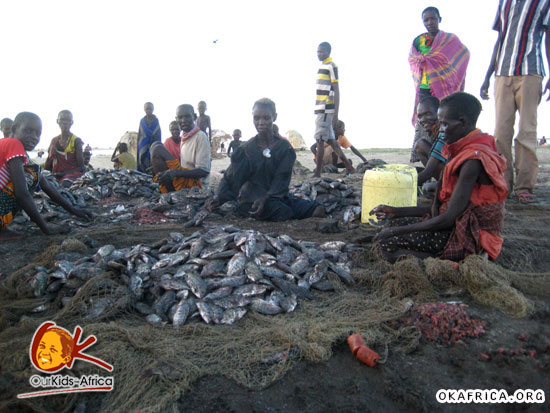
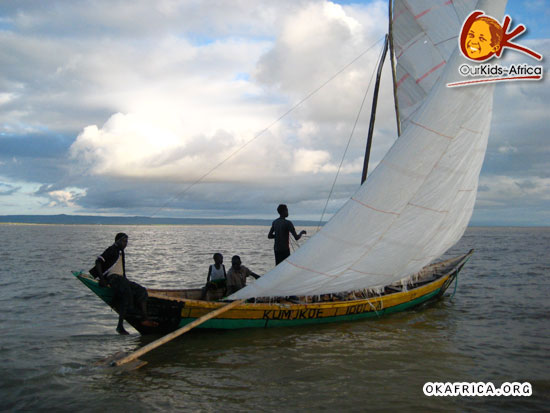
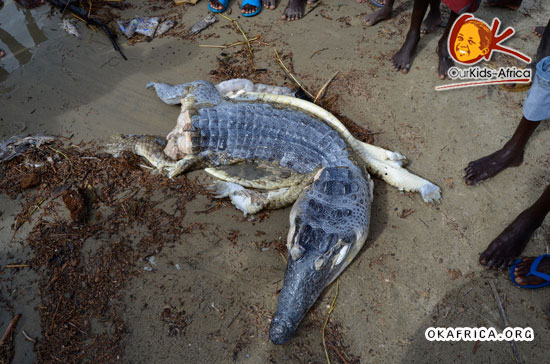
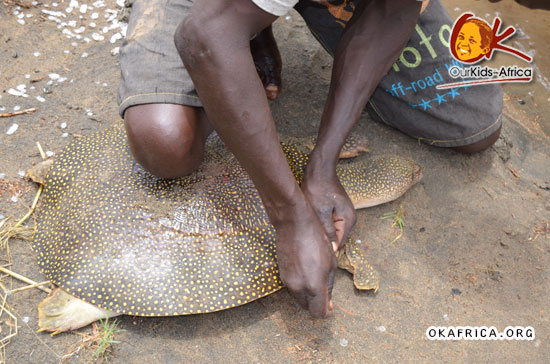
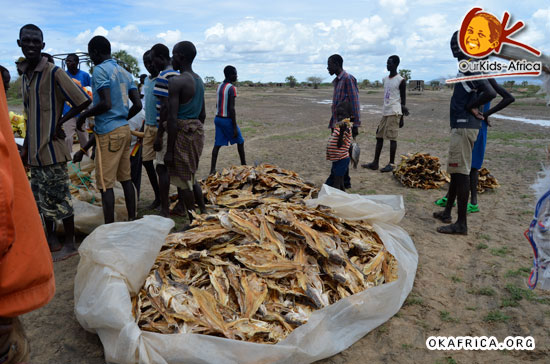
Author: Oksana Vityuk
Published: 2014-05-19 18:26




